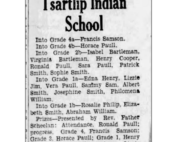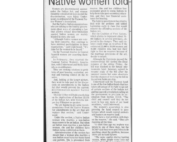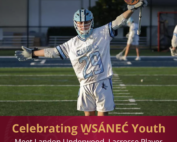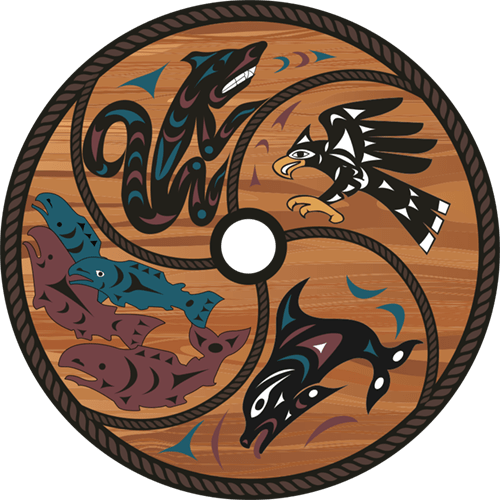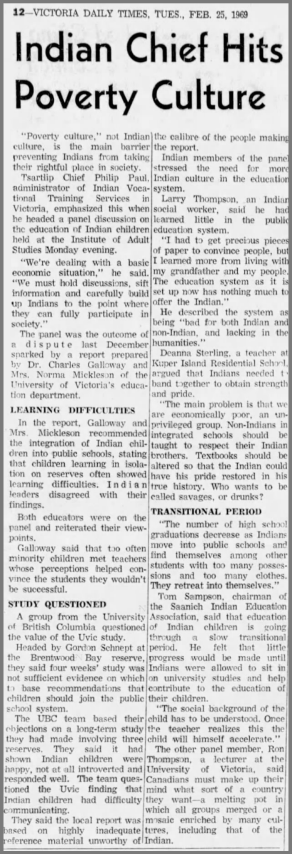
Indian Chief Hits Poverty Culture
“Poverty culture,” not Indian culture, is the main barrier preventing Indians from taking their rightful place in society.
Tsartlip Chief Philip Paul, administrator of Indian Vocational Training Services in Victoria, emphasized this when he headed a panel discussion on the education of Indian children held at the Institute of Adult Studies Monday evening.
“We’re dealing with a basic economic situation,” he said. “We must hold discussions, sift information and carefully build up Indians to the point where they can fully participate in society.”
The panel was the outcome of a dispute last December sparked by a report prepared by Dr. Charles Galloway and Mrs. Norma Mickelson of the University of Victoria’s education department.
LEARNING DIFFICULTIES
In the report, Galloway and Mrs. Mickelson recommended the integration of Indian children into public schools, stating that children learning in isolation on reserves often showed learning difficulties. Indian leaders disagreed with their findings.
Both educators were on the panel and reiterated their viewpoints.
Galloway said that too often minority children met teachers whose perceptions helped convince the students they wouldn’t be successful.
STUDY QUESTIONED
A group from the University of British Columbia questioned the value of the Uvic Study.
Headed by Gordon Schnept at the Brenton Bay reserve, they said four weeks’ study was not sufficient evidence on which to base recommendations that children should join the public school system.
The UBC team based their objections on a long-term study they had made involving three reserves. They said it had shown Indian children were happy, not at all introverted and responded well. The team questioned the Uvic finding that Indian children had difficulty communicating.
They said the local report was based on highly inadequate reference material unworthy of the calibre of the people making the report.
Indian members of the panel stressed the need for more Indian culture in the education system.
Larry Thompson, an Indian social worker, said he had learned little in the public education system.
“I had to get precious pieces of paper to convince people, but I learned more from living with my grandfather and my people. The education system as it is set up now has nothing much to offer the Indian.”
He described the system as being “bad for both Indian and non-Indian, and lacking in the humanities.”
Deanna Sterling, a teacher at Kuper Island Residential School, argued that Indians needed to band together to obtain strength and pride.
“The main problem is that we are economically poor, an unprivileged group. Non-Indians in integrated schools should be taught to respect their Indian brothers. Textbooks should be altered so that the Indian could have his pride restored in his true history. Who wants to be called savages, or drunks?
TRANSITIONAL PERIOD
“The number of high school graduations decrease as Indians move into public schools and find themselves among other students with too many possessions and too many clothes. They retreat into themselves.”
Tom Sampson, chairman of the Saanich Indian Education Association, said that education of Indian children is going through a slow transitional period. He felt that little progress would be made until Indians were allowed to sit in on university studies and help contribute to the education of their children.
“The social background of the child has to be understood. Once the teacher realizes this the child will himself accelerate.”
The other panel member, Ron Thompson, a lecturer at the University of Victoria, said Canadians must make up their mind what sort of a country they want – a melting pot in which all groups merged or a mosaic enriched by many cultures, including that of the Indian.


